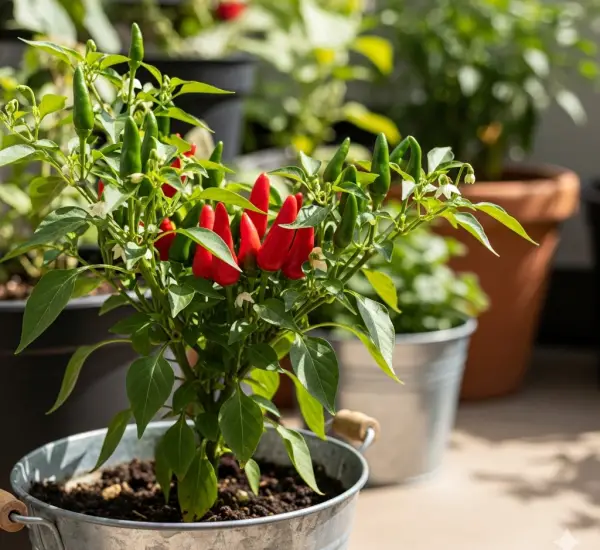Banana plants are tropical by nature, thriving in warm climates with high humidity and plenty of moisture. They’re not just water-loving—they’re practically water-dependent. If you want your banana plant to grow tall, produce lush foliage, and eventually bear fruit, proper watering is absolutely essential.
However, it’s easy to go wrong—either underwatering and stressing the plant, or overwatering and causing root rot. So how much water do banana plants really need? The answer depends on several factors including climate, soil type, container size (if potted), and plant maturity. Here’s a detailed guide to help you water banana plants the right way for healthy, vigorous growth.
Understanding Banana Plants’ Water Needs
Banana plants are fast-growing herbaceous perennials, meaning they don’t have woody stems. Instead, their structure is made of layered leaf sheaths, which store and channel water. Since they have large, thin leaves and shallow roots, banana plants lose a lot of moisture through transpiration, especially in hot or windy weather.
Because of this, they require consistently moist—but not soggy—soil to thrive. On average, banana plants need 1 to 2 inches (2.5 to 5 cm) of water per week, but in warm and dry climates, they may require significantly more.
Watering Frequency: Outdoor Plants
For banana plants grown outdoors in the ground:
-
In warm, humid climates: Water deeply 2–3 times a week if there’s no rainfall. Increase frequency during heat waves.
-
In dry or windy areas: You may need to water every 1–2 days to prevent the soil from drying out.
-
During the rainy season: Reduce watering or skip altogether if the soil stays consistently moist.
Always check the top 1–2 inches (2.5–5 cm) of soil before watering. If it feels dry, it’s time to water.
Watering Container-Grown Banana Plants
Banana plants grown in pots dry out faster than those in the ground, especially in warm weather.
-
In summer or warm climates: Water once a day, or even twice during very hot periods.
-
In cooler months: Cut back to every 2–3 days, depending on indoor humidity and temperature.
Ensure containers have good drainage. Use a potting mix that retains moisture but drains well to prevent root rot.
How to Water Correctly
When watering banana plants, the goal is to moisten the entire root zone—not just the surface.
-
Water slowly and deeply, allowing the water to reach down 12–18 inches (30–45 cm).
-
Avoid overhead watering, which can lead to fungal issues on the leaves.
-
Early morning is the best time to water, so the plant has moisture during the heat of the day.
If using drip irrigation, keep it running long enough to saturate the root zone thoroughly.
Signs of Underwatering
Banana plants that don’t get enough water will show clear symptoms:
-
Wilting or drooping leaves
-
Dry or brown leaf edges
-
Slowed growth or yellowing leaves
-
Poor or absent fruit development
Consistent underwatering stresses the plant, making it more susceptible to pests and diseases.
Signs of Overwatering
Too much water can be just as harmful:
-
Mushy or soft stem bases
-
Yellowing, drooping leaves (especially the lower ones)
-
Soil that stays constantly wet or develops a sour smell
-
Root rot, which can kill the plant if not addressed
To avoid this, always check soil moisture before watering and ensure proper drainage.
Mulching for Moisture Control
Applying a layer of organic mulch around the base of the banana plant can help retain soil moisture and regulate temperature.
Use:
-
Straw
-
Shredded leaves
-
Compost
-
Coconut coir
Spread mulch 2–4 inches deep, keeping it a few inches away from the stem to prevent rot.
Seasonal Watering Adjustments
Banana plants grow most actively during the warm months, typically spring through fall. This is when they need the most water. During the cooler months or dormant periods, reduce watering to prevent waterlogged soil.
If you live in a region with distinct seasons:
-
Spring/Summer: Water frequently to support rapid growth.
-
Fall: Gradually reduce watering as growth slows.
-
Winter: Water sparingly, especially if temperatures drop or the plant enters dormancy.
Tips for Watering Success
-
Use a moisture meter to check the root zone, especially for potted plants.
-
Group banana plants together to create a humid microclimate and reduce moisture loss.
-
Monitor the weather. During heatwaves or dry winds, increase watering frequency.
-
Don’t rely solely on rainfall. Light showers may only moisten the surface. Check soil depth before skipping irrigation.
Final Thoughts
Water is the lifeblood of banana plants, and mastering the balance between too much and too little is key to growing strong, healthy plants that can produce fruit. Monitor soil moisture regularly, adjust for seasonal changes, and remember—banana plants prefer moist, not soggy, roots. With the right watering routine, your banana plant will reward you with lush foliage and, eventually, sweet homegrown fruit



